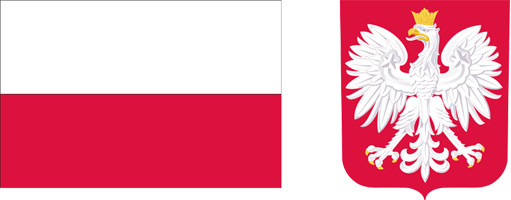Current issue
Archive
About the Journal
Aims and Scope
Editorial Board/Editorial Team
List of reviewers
Publishing process
Publishing Ethics and Malpractice Statement
Personal data protection (GDPR)
Creative Commons License
CrossRef Member / Similarity Check
For Authors
Call for papers
Guidelines for authors
Submitting a manuscript through the editorial system – step by step
For Reviewers
Peer review process
Guidelines for reviewers
Submitting a review – step by step
Contact
RESEARCH PAPER
ASSESSMENT OF THE IMPLICATIONS OF CHANGES IN INCOME SUPPORT POLICIES ON FINANCIAL HEALTH OF FARMS IN CANADA AND THE USA (AT THE INDUSTRY AGGREGATE LEVEL)
1
Instytut Ekonomiki Rolnictwa i Gospodarki Żywnościowej – Państwowy Instytut Badawczy Warszawa
Acceptance date: 2017-06-12
Publication date: 2017-06-12
Zagadnienia Ekonomiki Rolnej / Problems of Agricultural Economics 2017;351(2):51-76
KEYWORDS
ABSTRACT
Agricultural policy is a key determinant of the condition of the entire farm sector and individual farms at the micro level. Previous publications focused on the impact of agricultural policy tools on farms and their market surroundings, the effects of which were quantified at the macroeconomic level utilising the Producer Support Estimate (PSE). Detailed studies of the balance sheet and profit and loss account of the companies in the sector, including in-depth analysis of the financial indicators were barely explored. This publication fills the gap.
The aim of the publication is to analyse the extent to which alternations in the tools of agricultural policy affect the financial condition of farms. The main research method utilised is financial ratio analysis. The research covers the 2009-2014 period. Income assistance programmes in Canada and the United States have the greatest impact on the liquidity and profitability of the sector, while the impact on the management of net working capital and long-term assets is negligible. Similar phenomenon was observed by analysing the solvency ratios. Both in Canada and the US, the impact of direct aid programmes on the net profit exhibits a strong downward trend since the 2006-2009 financial crisis. Canadian direct payments accounted for more than 95% of agricultural entities’ net income in 2009. Therefore, they were
the only safety buffer which allowed farms to break even and maintain profitability. Whereas American farms are significantly less dependent on state assistance, since in the post-crisis year 2009 direct payments accounted only for around 13% of net profit and had been falling gradually until 2014.
Policy instruments in Canada and the US under review, quantification of their impact on the financial condition of the agricultural sector using the tools utilised by corporate finance, as well as thorough description of the adaptation of the solutions to the Polish agriculture are altogether the starting point for mid-term review of the Common Agricultural Policy (CAP) in 2017.
Share
RELATED ARTICLE
We process personal data collected when visiting the website. The function of obtaining information about users and their behavior is carried out by voluntarily entered information in forms and saving cookies in end devices. Data, including cookies, are used to provide services, improve the user experience and to analyze the traffic in accordance with the Privacy policy. Data are also collected and processed by Google Analytics tool (more).
You can change cookies settings in your browser. Restricted use of cookies in the browser configuration may affect some functionalities of the website.
You can change cookies settings in your browser. Restricted use of cookies in the browser configuration may affect some functionalities of the website.



